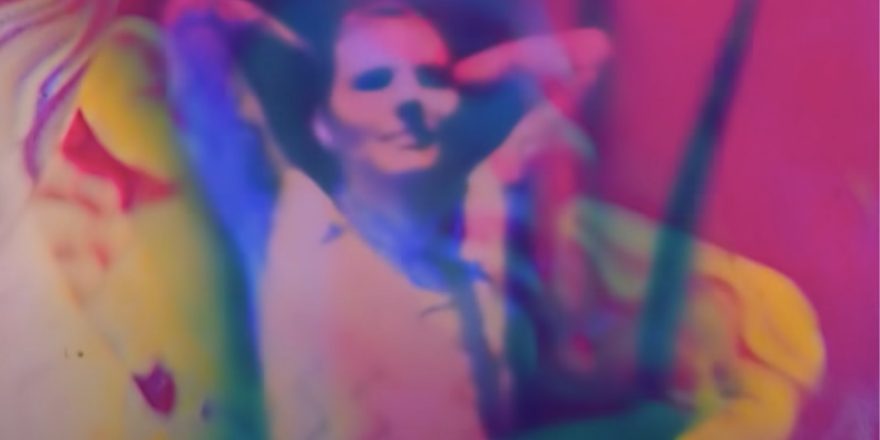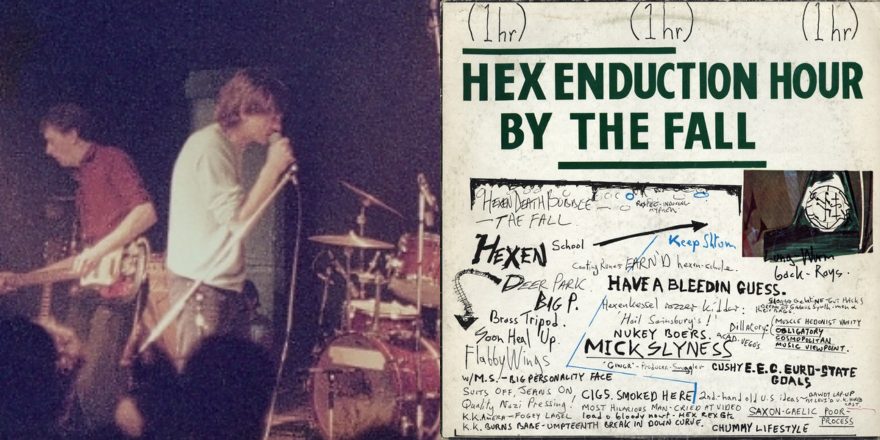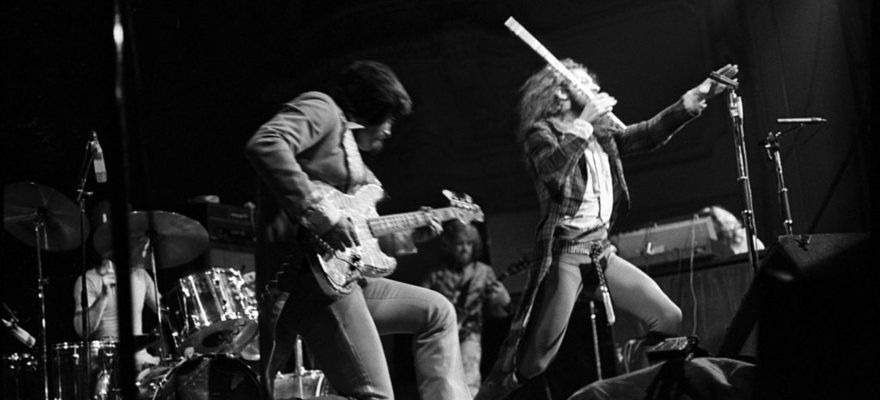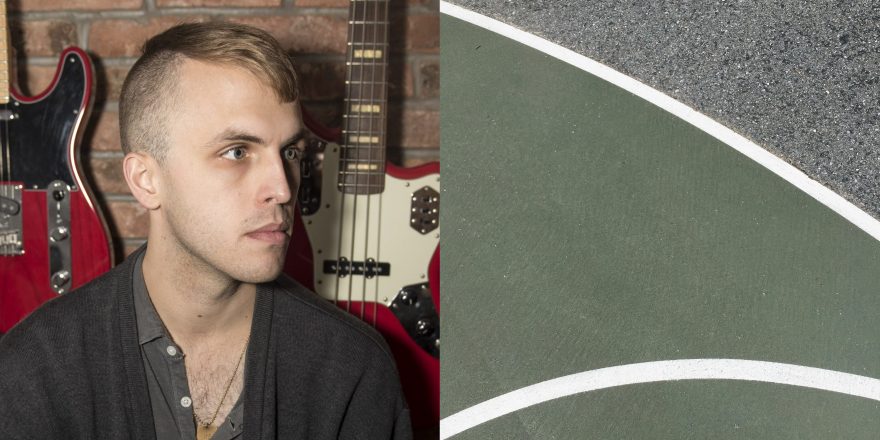Thirty years ago, the Smashing Pumpkins performed “Cherub Rock” on SNL. Today, I can barely find it online. Only a gauzy, low-fidelity rip exists. But it still gives me goosebumps, and not because of the riffs or Big Muffs or nostalgia. Because it’s a masterclass in revenge.
At his commercial peak, the talented, imaginative, ambitious Billy Corgan was spite incarnate. As Pitchfork’s Ian Cohen wrote, “His sociopathic competitiveness, tyrannical perfectionism, and endless personal grievances were unseen in Chicago outside of the Bulls locker room.”
His pejoratives, not mine. Regardless, that’s the lens to view the clip through. Wielding his Strat like a saber, dressed like he’s ready for Easter brunch, he plants himself like a jungle cat. This was their opening salvo on a network TV stage, and Corgan had chosen violence.
The opening track on 1993’s Siamese Dream, “Cherub Rock” is a thumb in the eye of the hipster cognoscenti. Back then, alternative bands were out to out-punk each other, the Pumpkins’ guitar solos and paisley and psychedelia were verboten, laughable. But Corgan’s lifetime ban from the cool kids’ club not only infuriated him. It animated him.
“I was into Black Sabbath and it just wasn’t cool, but I didn’t give a shit,” he seethed in 2005, shortly before half-reuniting the band. “My band was going to sound like Black Sabbath because I fucking wanted it to and I didn’t give a shit what some idiot fuck thought.”
Keep that quote in your head, as Corgan hurls his body into the solo. On record, it sounds like a toy plane whizzing through the air. On TV, he hits the guitar so hard barely any sound comes out; the rush of vengeance seems to overwhelm his instrument.
At song’s end, after a throat-shredding scream of “Let me oooooout!”, he slams on the final chord, and throws up the horns, like he’s Ronnie James Dio. Or rather, a bedroom-bound boy play-acting as Dio. The innocent subordination of this moment moves me to my core; I get misty just thinking about it. This is rock & roll.
I was in diapers when Siamese Dream came out; I found it as a teenager in the mid-2000s, growing up in a small town in an insular religious community. And when I saw that clip, my brain ejected from my skull. I knew right then that this is how I’m meant to move through the world, bristling at convention and assuming contrary stances. You want me to zig? Guess I’ve gotta zag.
From its yin-yang of a title to its Gemini-like cover art to its blend of masculine and feminine energies, Siamese Dream is dualistic to its core. Numberless layers of fuzz swarm like a thousand dragonflies; throttling tracks like “Quiet,” “Geek U.S.A.” and “Silverfuck” flirt with brutal metal.
But that aggression is counterweighed by a sighing, tranquil, borderline feminine energy. “Today” and “Mayonaise” are commensurately fragile and thunderous. “Hummer” blows the roof off, then drifts into dreamland. And closer “Luna” is a beatific, murmured lullaby.
On 1995’s Mellon Collie and the Infinite Sadness, Corgan would take both sides to their logical limit. “Bodies,” “Tales of a Scorched Earth,” and “X.Y.U.” are unremitting and paint-peeling, while “Cupid de Locke” and “We Only Come Out at Night” are whimsical, Victorian-like baubles.
However, on Siamese Dream, they’re twinned and intertwined. As a result, it’s by far the Pumpkins’ most cohesive album. Corgan screams; he also coos. Chamberlin, who allegedly was forced to drum until his hands bled, turns in some of his most kinetic and propulsive work, as well as his most delicate and dreamlike. (Did James Iha or D’arcy Wretzky play a single note on the thing? I never want to know; that’s classic lore among us SD heads.)
Partly due to Corgan’s I’ll show them! attitude, Siamese Dream is less a rock album than a fully inhabitable world. After infinite listens, the Pumpkins in my brain barely resembles a flesh-and-blood band; I don’t consider them as part of any alternative landscape, in any era of the music industry. The magic of the Pumpkins is that they can be mine, and yours.
Which sometimes means I have to defend headcanon Pumpkins against real Pumpkins. Since Corgan and Chamberlin switched the lights back on for 2007’s Zeitgeist — where the world’s most apolitical band decided to comment on Bush-era politics — I’ve had decidedly mixed feelings.
Around 2018, Iha returned, rendering the original Pumpkins 75% reunited. Paradoxically, I seemed to connect with their output even less. But I never stopped listening. We’re all chained to Corgan, destined to follow him to the ends of the earth, through every so-so album and wrestling promotion and InfoWars appearance. Partly because we can’t forget he made Siamese Dream.
When the anniversary rolled around, I decided to change that, and drive out to the weird town of Holmdel, New Jersey to see them on a package tour with Rival Suns and Interpol. I never became anti-Pumpkins, but almost didn’t bother. Right up to the 11th hour, I looked at the bad weather and was ready to call it.
All that cynicism blew out of my brain at that show: in an instant, the refractory magic of that SNL performance flooded back.
Even as they’ve been neatly folded into the alternative-throwback paradigm, they were a motley crew, like they were assembled from divergent bands. A cloaked and vampiric Corgan, flanked by Iha in a snow-white Western outfit: Siamese twins. (Jeff Schroeder, who’s been in the band since the 2000s reunion, looked like a hippie longhair.)
I completely lost it at multiple points, especially during an acoustic “Tonight, Tonight” between Corgan and Iha. But, naturally, the Siamese Dream songs hit me the hardest. And in a moment that brought everything full circle, the penultimate song was “Cherub Rock.”
In the past, Corgan’s seemed resentful about performing familiar songs. (Even very recently, he disparaged fans of his masterpiece as “Siamese Zombies.”) If he felt that way, it didn’t translate: this “Cherub Rock” laid me flat.
When Corgan leaned on one combat boot and laid into that solo, my body lifted a few inches in the air. “I know/ I know/ I know/ Should’ve listened when I was told,” he sneered like the old days. Thank god he never did: at 56, he remains the patron saint of oppositional defiant disorder.
Since I fell in love with the Smashing Pumpkins, I’ve been through all the requisite musical phases. At 31, my crippling fear of not seeming cool has pretty much evaporated.
I’m not the guy wearing all black at basement punk shows anymore; I feel most like myself when I’m toodling to the Whole Foods, polo-shirted, in the sensible and interchangeable SUV everyone in the suburbs gets, the dial tuned to ‘40s Junction.
I’m still an incredibly annoying contrarian, though — my Close Friends function on Instagram is reserved for driving my friends nuts with outrageous AIs and gamer-chair-ready dunks on the progressive left.
I haven’t always been thrilled to be me. But now I am, in all my idiosyncrasies and limitations, partly because Corgan and the Pumpkins taught me that’s OK. I reflexively take a birds-eye view, and consider the other side of every issue. Temperamentally, I tend to swing from sulky to ebullient and back again in seconds. Now more than ever, I enjoy those parts of my personality.
And whenever I’m instructed on how to think or feel about anything, no matter how minor, an unmistakable voice, one lodged in my head for most of my life, screams: Let me out!







